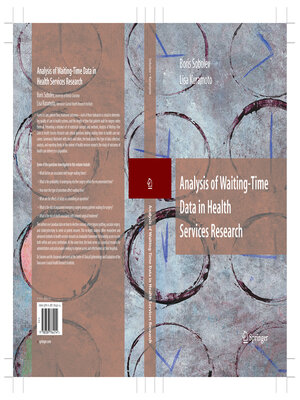
Sign up to save your library
With an OverDrive account, you can save your favorite libraries for at-a-glance information about availability. Find out more about OverDrive accounts.
Find this title in Libby, the library reading app by OverDrive.



Search for a digital library with this title
Title found at these libraries:
| Library Name | Distance |
|---|---|
| Loading... |
In health care systems that provide universal access to care, efforts to contain costs for standby hospital capacity usually result in wait lists for surgical procedures. When access to health care is rationed by such wait lists, the length of time that patients are required to wait is usually uncertain. This uncertainty is a natural product of stochastic variation in service time and in the percentage of urgent cases in any queuing system. However, in a queue for elective (nonemergency) procedures, waiting-time uncertainty has many additionalcauses. Forinstance,decisionsofbothpatientsandcareprovidersmayoverrideaqueuediscipline. Alternatively, the lack of a hospital resource, such as beds in the intensive care unit, may change queuing practices in favor of services that would not require the resource. Waiting time is often compared between regions, hospitals, periods, or surgical services to evaluate p- icy and performance. However, surprisingly little attention has been given to the variation in times spent in a single queue. Why some patients wait longer than others remains an important question in health services - search. Itisunclear,forexample, whether timetoservicevariesmorethanwouldbeexpected throughchance alone after differences in clinical condition are taken into account. Another important issue is preferential allocation of hospital resources. It also remains unclear whether patients of low priority are admitted directly as a way to circumvent long wait lists or to substitute for cancellations on the operating room schedule.







